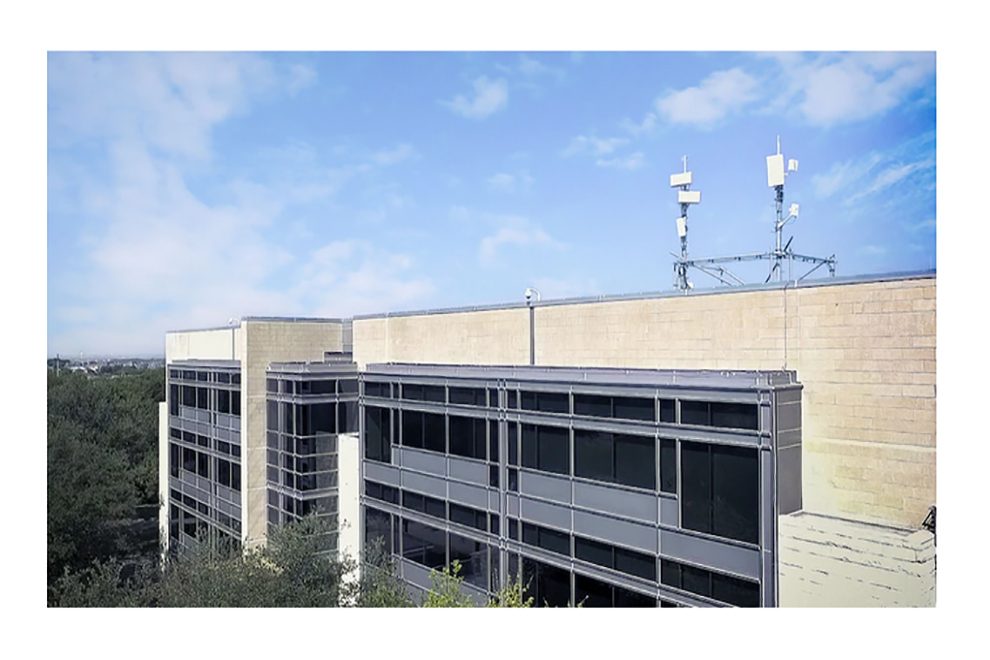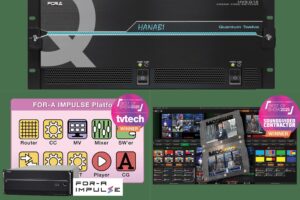Ericsson, Telstra, and Qualcomm Technologies, Inc. have achieved the highest uplink peak rate ever recorded on a commercial network during a live demo in Queensland, Australia. Together, they reached an uplink data speed of close to 1Gbps, paving the way for more seamless experiences in use cases such as live video streaming and social media content sharing.
Using Ericsson’s New Radio-Dual Connectivity (NR-DC) and carrier aggregation software features together with a smartphone form-factor test device powered by Snapdragon® X65 5G Modem-RF System on Telstra’s network, this new uplink speed record marks another significant milestone for the ecosystem collaboration between the three companies.
The high uplink peak rate was reached by combining the data rates from both mid-band and high band (millimeter wave) to fully utilize Telstra’s spectrum for improved user experience. The demo used Ericsson’s NR-DC software feature with uplink four-component carrier aggregation (UL 4CC CA), in which four contiguous carriers of 100MHz are combined, resulting in higher data speeds.
Delivering uplink peak rates of close to 1Gbps will enable Telstra to more than double the current uplink throughput in its 5G network. This is particularly important for supporting applications and services that involve uploading vast amounts of data.
Sibel Tombaz, Head of Product Line 5G RAN, Ericsson, says: “We continue to pursue new and innovative ways of enhancing the end-user impact of 5G. An uplink speed of close to 1Gbps using NR-DC and four-component carrier aggregation is the latest in a series of 5G milestones we have achieved in collaboration with Telstra and Qualcomm Technologies. This means users can enjoy vastly improved experiences from applications where quicker upload time makes a difference.”
Nikos Katinakis, Group Executive Networks & IT, Telstra, says: “We have a history of world firsts with Ericsson and Qualcomm Technologies. In 2016 we broke the 1Gbps barrier on 4G; in January this year, we set a new download record on 5G, and now we have set a new record in the uplink on a commercial 5G network. It is a testament to the continuous efforts of our team to innovate, and I take pride in how, together, we continue to push the boundaries of what this technology can deliver.”
Sunil Patil, Vice President, 5G Product Management, Qualcomm Technologies, Inc., says: “Qualcomm Technologies is pleased to collaborate with Ericsson and Telstra on this 5G dual connectivity and carrier aggregation milestone. By achieving the highest uplink peak rate ever recorded on a commercial network in Queensland, Australia, we’re underscoring our commitment to enabling differentiated 5G experiences across a variety of use cases beyond mobile. Together, we are realizing the full potential of 5G through new breakthroughs that will drive transformative benefits for consumers and enterprises alike.”
Technical details
Ericsson, Telstra and Qualcomm Technologies achieved the first on a commercial network in Queensland, Australia with a theoretical maximum uplink speed of 986 Mbps, integrating four component 100MHz carriers of millimeter wave, combining with the 100MHz of 3.6GHz spectrum. NR-DC was implemented with n78 and n258.
The testing was conducted at Telstra’s 5G Innovation Centre (5GIC) using Telstra’s commercial network resulting in a throughput of roughly 1Gbps, more than doubling the current uplink speed on the market. The smartphone form-factor test device powered by Snapdragon X65 was used with Ericsson Radio System’s Baseband 6648 and AIR 6488 for mid-band, which has been widely deployed in Telstra’s network, and Baseband 6648 with the AIR 5322 for high-band.
Ericsson’s NR-DC software combines 5G frequency ranges below 7.125 GHz (mid-band, Time Division Duplex, TDD) and above 24.25 GHz (high-band TDD) and is now available for commercial deployment. The UL 4CC carrier aggregation software is slated to go commercial globally in the second quarter of 2022.












